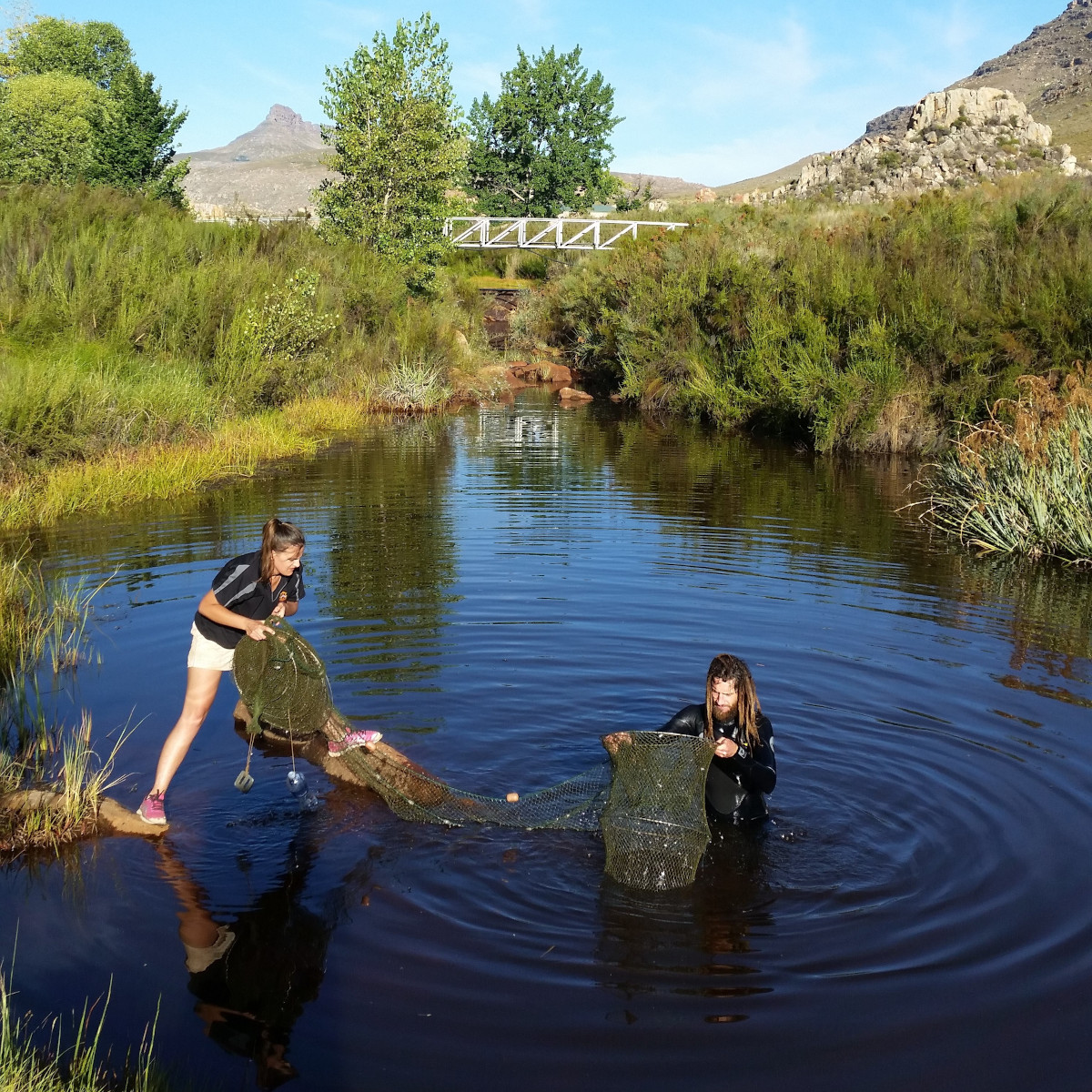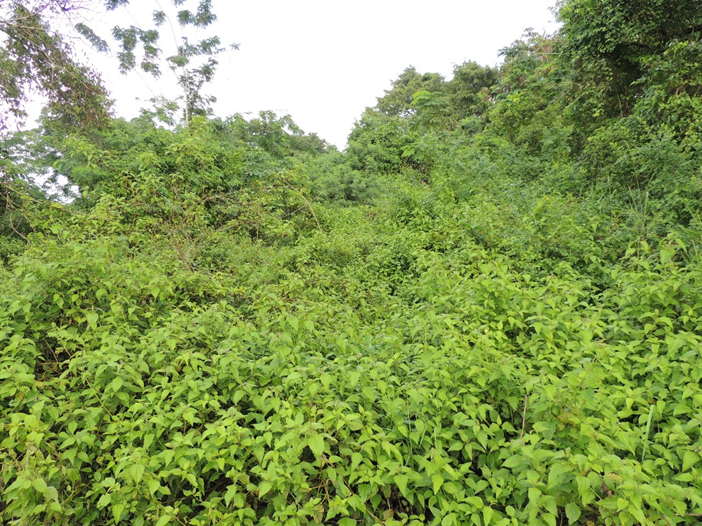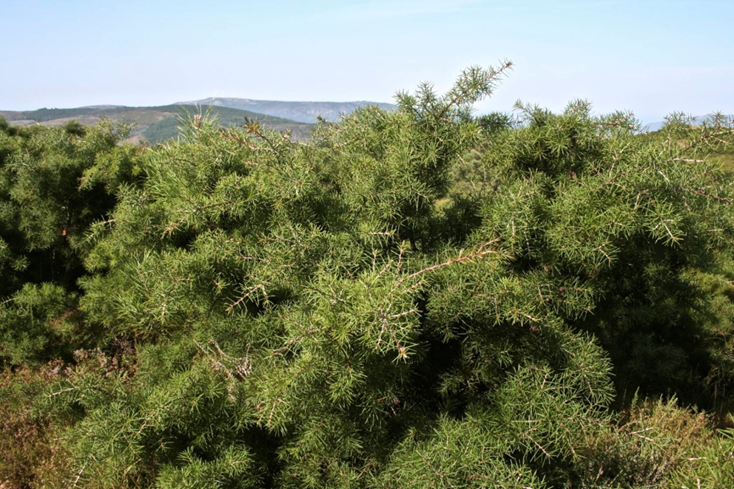C∙I∙B members collaborate to build capacity in river rehabilitation monitoring
Habitat modification, pollution and alien fishes are among the greatest threats to South Africa’s freshwater biodiversity. Alien fish impact is primarily through predation on, and/or competition with, native fishes, invertebrate and plant communities.




